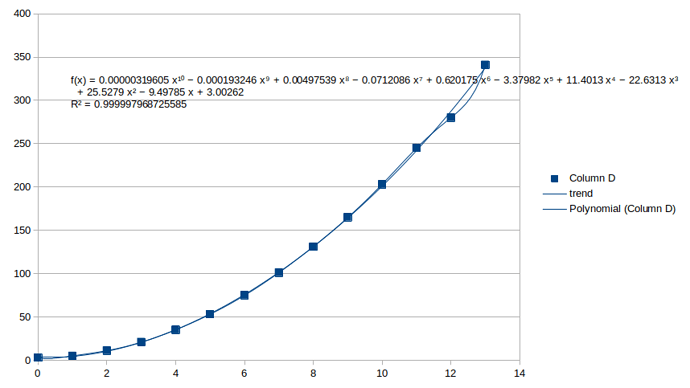It does not seem to be a way to have a few columns of data and specify a polynomial that will be used to calculate the regression.
For example, if we have certain X-Y columns, how do we fit a polynomial model other than using a ax+b fit on the linear regression ?
I use libreoffice 7.2, in Ubuntu 22
Have thoroughly read this link already Is there a polynomial curve fit function(s) in Calc?
In google sheets, this is how it looks like Polynomial Regression in Google Sheets (Step-by-Step)



